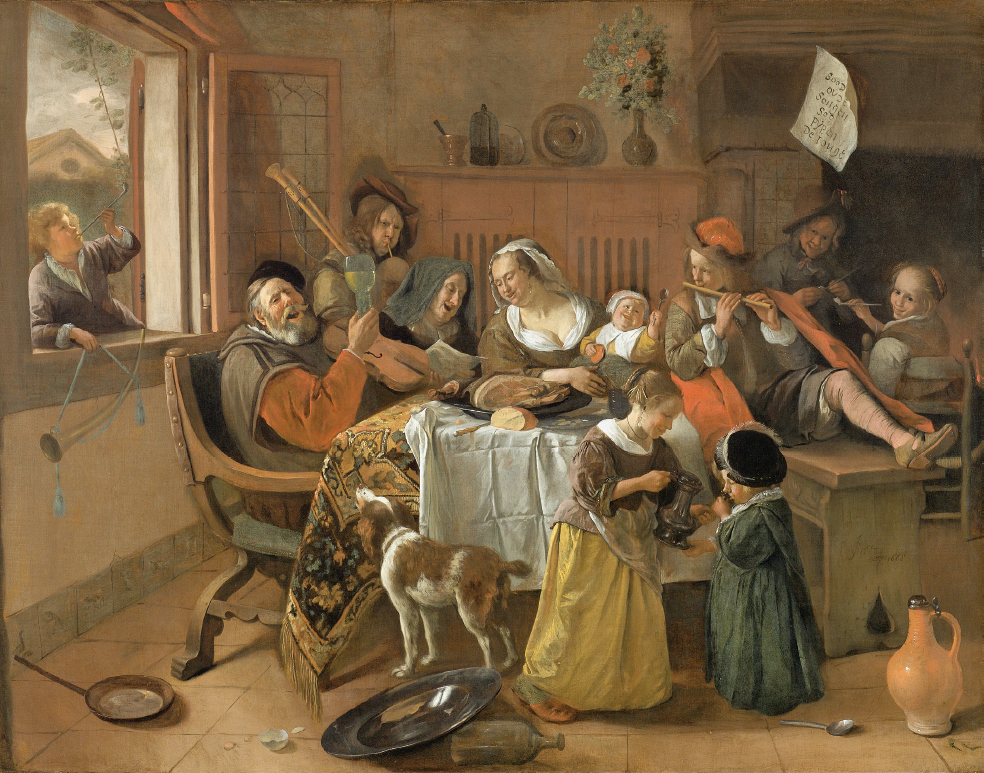The Dutch Republic in the Seventeenth Century
In the late sixteenth century, the seven northern provinces of the Netherlands fought for and won their independence from Spain. The independence of the Republic of the United Provinces of the Netherlands was recognized in 1648 in the treaty that ended the Thirty Years’ War. In this period, often called the “golden age of the Netherlands,” Dutch ideas and attitudes played a profound role in shaping a new and modern worldview. At the same time, the United Provinces developed its own distinctive model of a constitutional state.

The Dutch established a republic, a state in which power rested in the hands of the people and was exercised through elected representatives. An oligarchy of wealthy businessmen called regents handled domestic affairs in each province’s Estates (assemblies). The provincial Estates held almost all the power. A federal assembly, or States General, handled foreign affairs and war, but it did not possess sovereign authority. Holland, the province with the largest navy and the most wealth, usually dominated the republic and the States General.
In each province, the Estates appointed an executive officer, known as the stadholder. In theory, the stadholder was freely chosen by the Estates and answerable to them: in practice, however, the strong and influential House of Orange usually held the office of stadholder in several of the seven provinces of the republic. This meant that tensions always lingered between supporters of the House of Orange and those of the staunchly republican Estates, who suspected that the princes of Orange harbored monarchical ambitions.
The political success of the Dutch rested on their phenomenal commercial prosperity. The Dutch came to dominate the shipping business. They boasted the lowest shipping rates and largest merchant marine in Europe, allowing them to undersell foreign competitors. Trade and commerce brought the Dutch the highest standard of living in Europe, perhaps in the world. Salaries were high, and all classes of society ate well.
The moral and ethical bases of that commercial wealth were thrift, frugality, and religious toleration. Jews enjoyed a level of acceptance and assimilation in Dutch business and general culture unique in early modern Europe. In the Dutch Republic, toleration paid off: it attracted a great deal of foreign capital and investment.
>QUICK REVIEW
What explains the differences between the establishment of constitutionalism in England and the Dutch Republic?